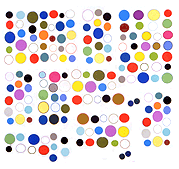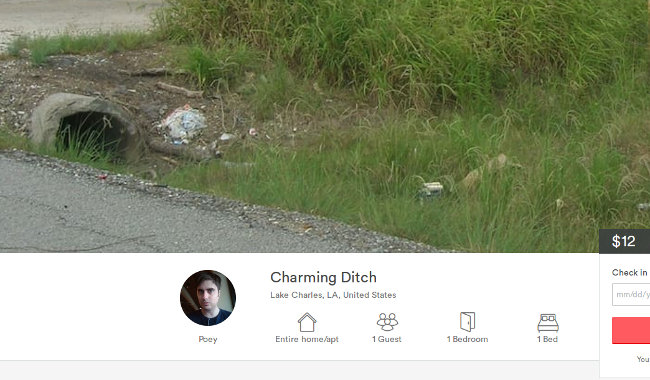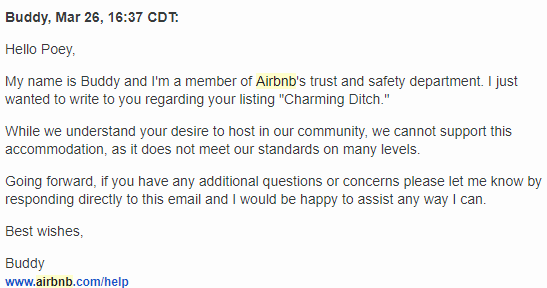You probably already know much of this stuff from a history of GIF animation in this month's Popular Mechanics -- yes, that Popular Mechanics...

...but it's worth a read. It gets the tech details and web politics of GIF usage mainly right without going too near the Duchampian, Barthesian "art" aspect -- the closest it comes is a consideration near the end of a Reddit whiz's "carefully crafted" movie loops.
As for the web politics, the piece is an extended infomercial for Giphy (pronounce it with a hard G and feel good about yourself) as a solution for cross-platform GIF delivery. The idea is you have this persistent animation filetype that works across browsers in a world dominated by "social" companies that want to keep you in their walled gardens, with their own proprietary video-delivery methods. Giphy aspires to be the go-to "cloud" storage place for GIFs that preserves them in their native format but also transcodes them so the social giants can all access them. Once GIFs have a reliable central location where they can be created, stored, and tweaked, people will stop saving them to their individual devices. Then, the GIF as a free-floating entity will finally shrivel up and die -- there will only be Giphy. There are still some awkward copyright issues to be worked out, as in, those GIFs you thought you were perma-linking might be suddenly replaced by YouTube-like take-down notices.
One thing I learned was that Nick Hasty, who was Rhizome's tech guy for a while, is now Giphy's tech guy. He's quoted with some old school fervor about what makes GIFs great but I doubt anyone else at Jiffy (or their tech backers) cares about any of that. Hasty says:
GIPHY believes in the experiential magic of viewing an infinitely looping series of images. While we have encoded all our GIFs into the most popular video formats and make those available on our site, the fact that GIFs play everywhere, can be copied and pasted, dragged and dropped, and don't force you to open a different interface or app for viewing, make them a better choice for what we're doing than any alternative formats.
They're changing GIF consumption in order for it to stay the same, or something. Monetize me, baby.
(hat tip EP)



